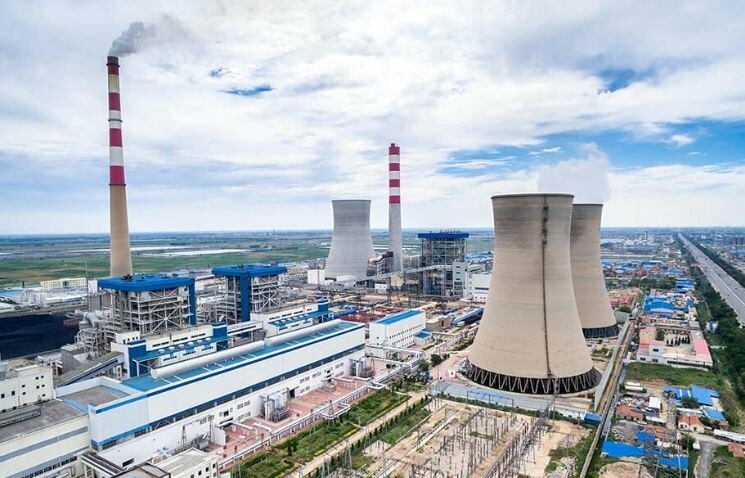Engineering Post Report
Oil-based power generation plants which have remained on the face the of the power sector pf Pakistan for more than three decades have been planned to be phased out over the next few years and it is expected that the share of furnace oil-based energy will gradually decline to single digit percentage in the overall energy mix in the coming years.
On the other hand, Pakistan has large indigenous coal reserves estimated at over 186 billion tons which are sufficient to meet the energy requirements of the country on long-term basis.
Apart from indigenous coal resources, there has been significant increase in import of coal as well due to commissioning of new power plants based on imported coal at Sahiwal and Port Qasim. However, domestic production of coal is most likely to increase in the coming years with projects based on Thar coal.
Hydropower plants are considered to be one of the most capital intensive projects and for a country like Pakistan, it is not possible to undertake such big projects without the financial support of international development agencies—a fact which brings in its own share of peculiarities and challenges.
As for present energy-mix is concerned, Pakistan reliance on oil reached 43.5 per cent in FY 1998 and FY 2001. For the FY 2018, oil reliance reached was reduced to 31.2 per cent. Similarly, hydro had a 13.1 per cent share in FY 1998, which was standing at 7.7 per cent n 2017-18.
Though the declining share of oil is a welcome sign due to less burden on the national exchequer, the diminishing share of hydro also represented shortsightedness of policy as well as the inability of successive civilian and military governments to undertake such capital-intensive projects in a timely manner.
Pakistan’s dependence on natural gas had reached an all-time high of 50.4 per cent in 2006 in the overall energy mix. During FY 2018, reliance on gas was reduced to 34.6 per cent. This reduction of share in the energy mix was somewhat attributed to declining natural gas reserves as well as restricted consumption of gas in the transport industry and the induction of Liquified Natural Gas (LNG) since 2015. The share of the imported LNG had increased from 0.7 per cent in FY 2015 to 8.7 per cent in FY 2018 which represented a magnanimous increase of the said fuel in an energy mix.
The share if coal has remained in single digit percentages over the last two decades. However, FY 2018 recorded a high of 12.7 per cent coal consumption in the energy mix.
Likewise, the share of renewable was recorded to be 0.3 per cent in the year FY 2015 and it has steadily increased to 1.1 per cent in FY 2018.
The share of the nuclear power on the other side has steadily increased to 2.7 per cent in FY 2018 compared to 0.2 per cent in FY 1997.
Such historical viability for each energy source in the energy mix of the country has been used to formulated the Integrated Energy Plan which will not only help in envisioning the energy demands and respective supply paths but also to formulate evidence based long term policy options.






